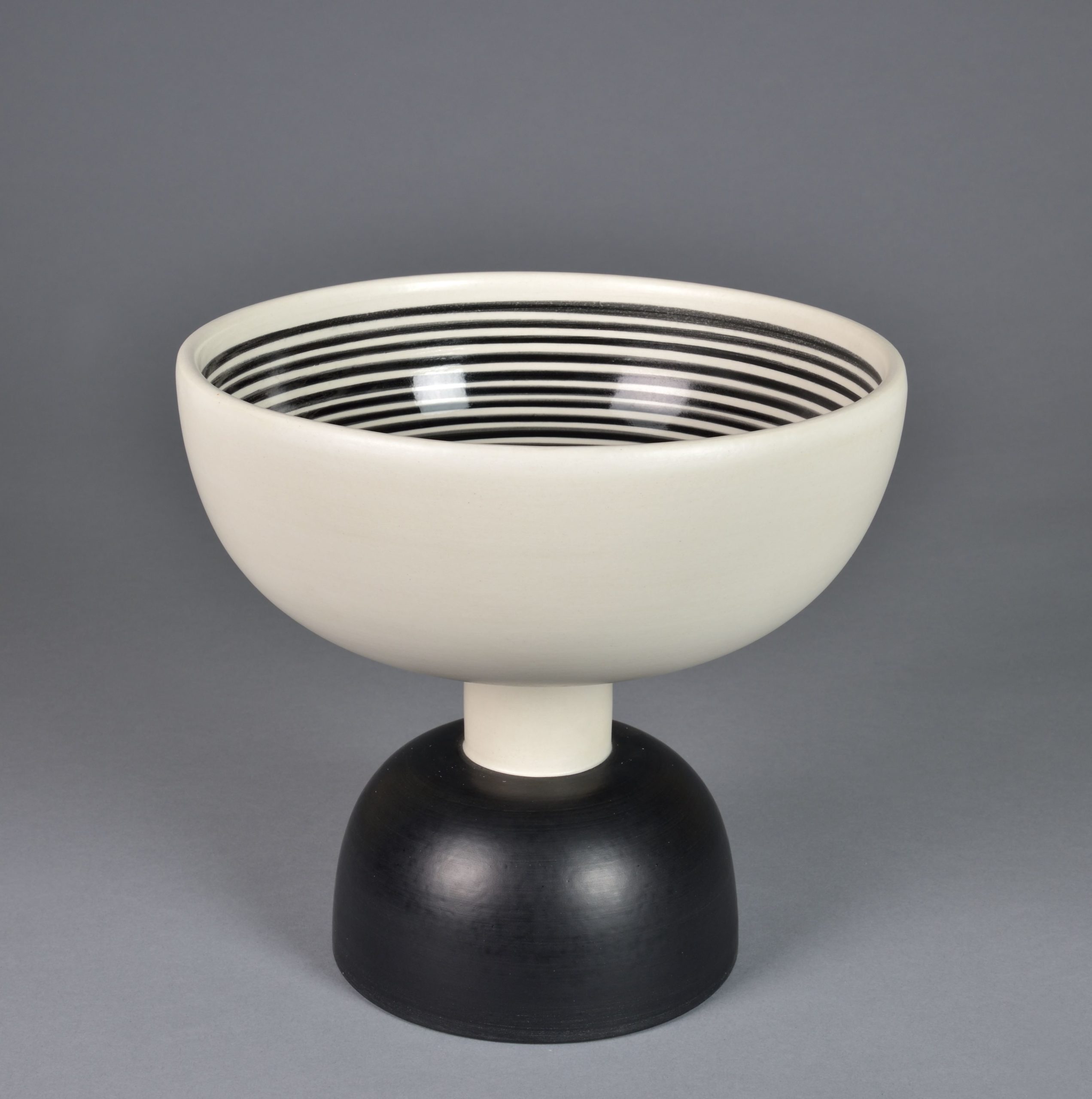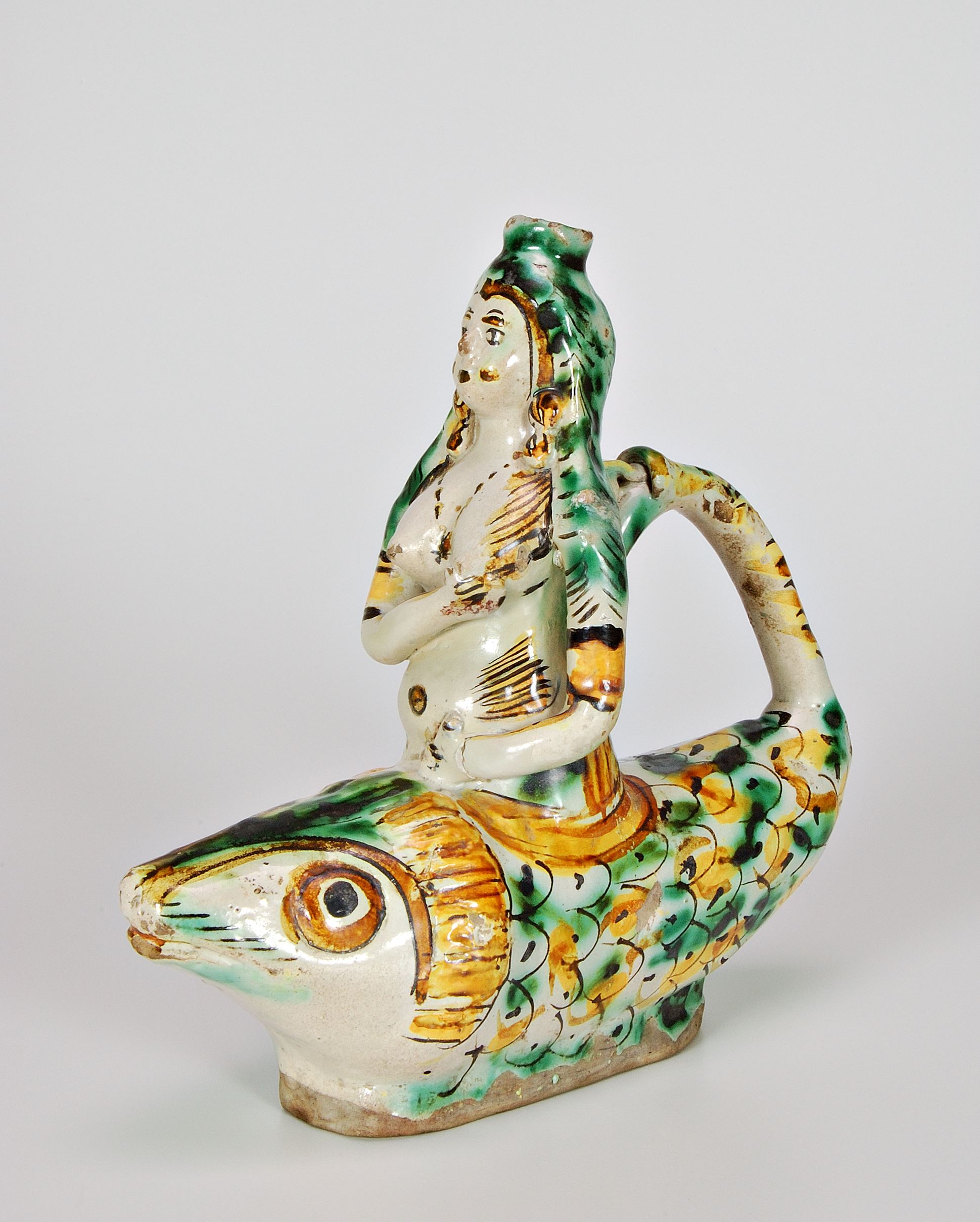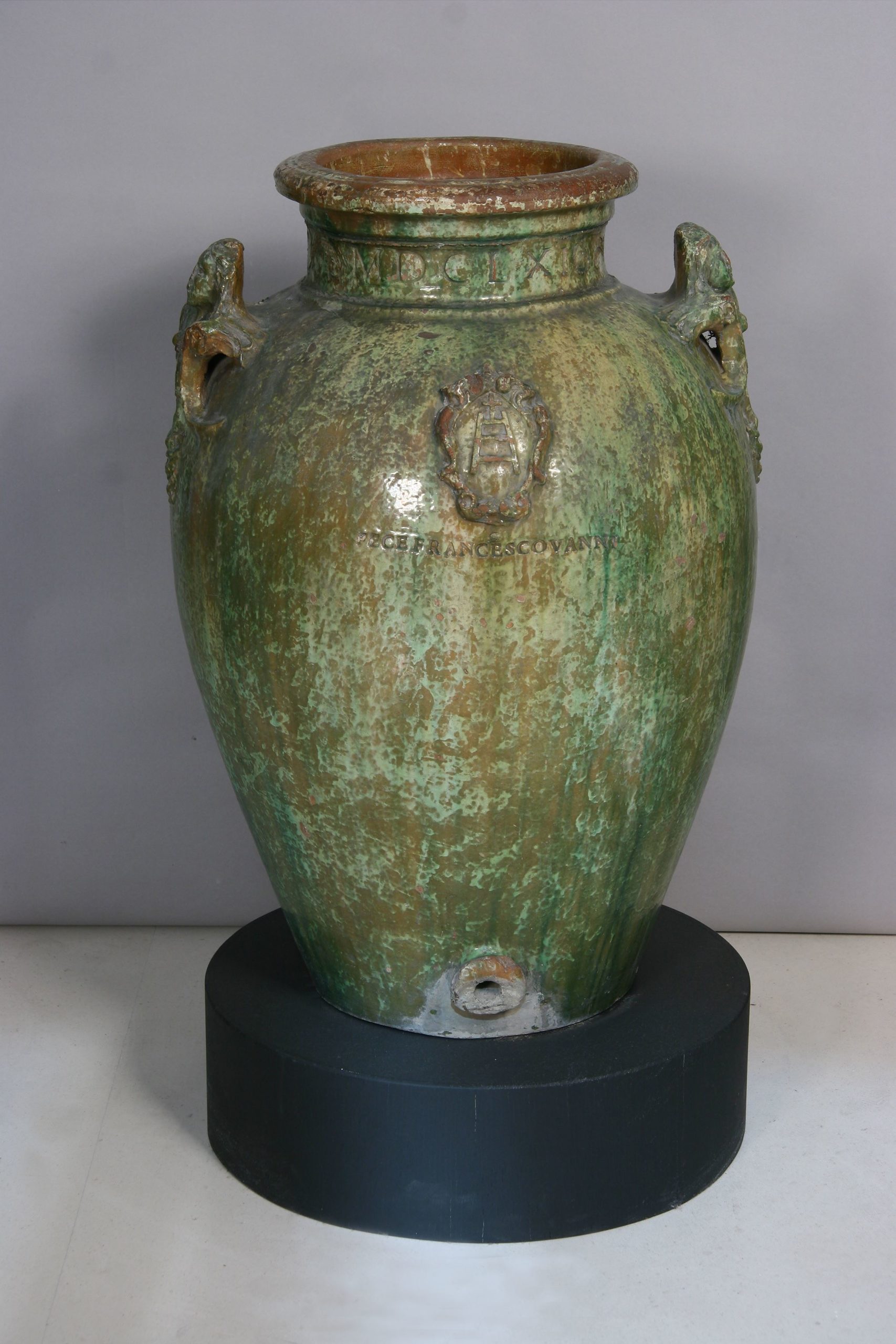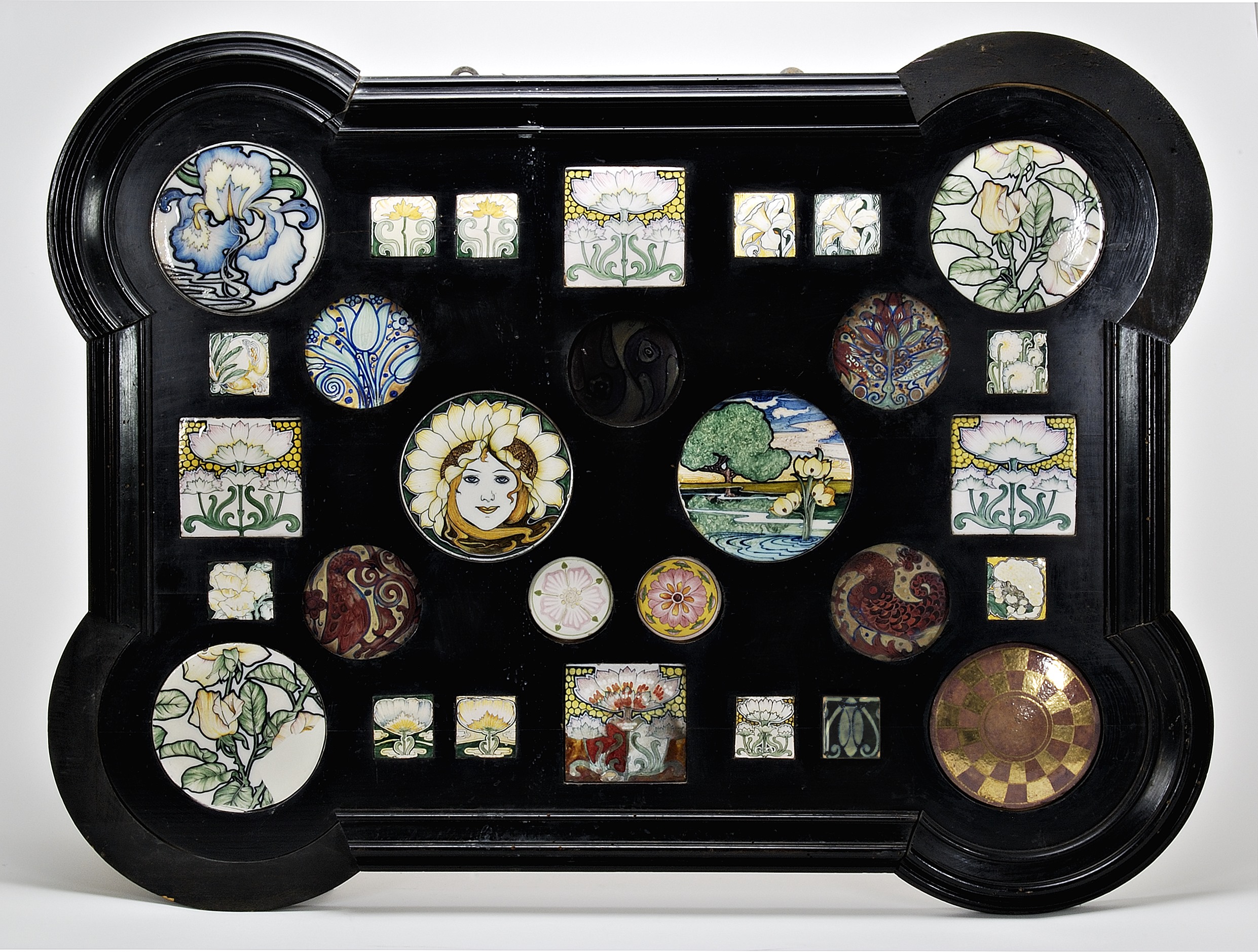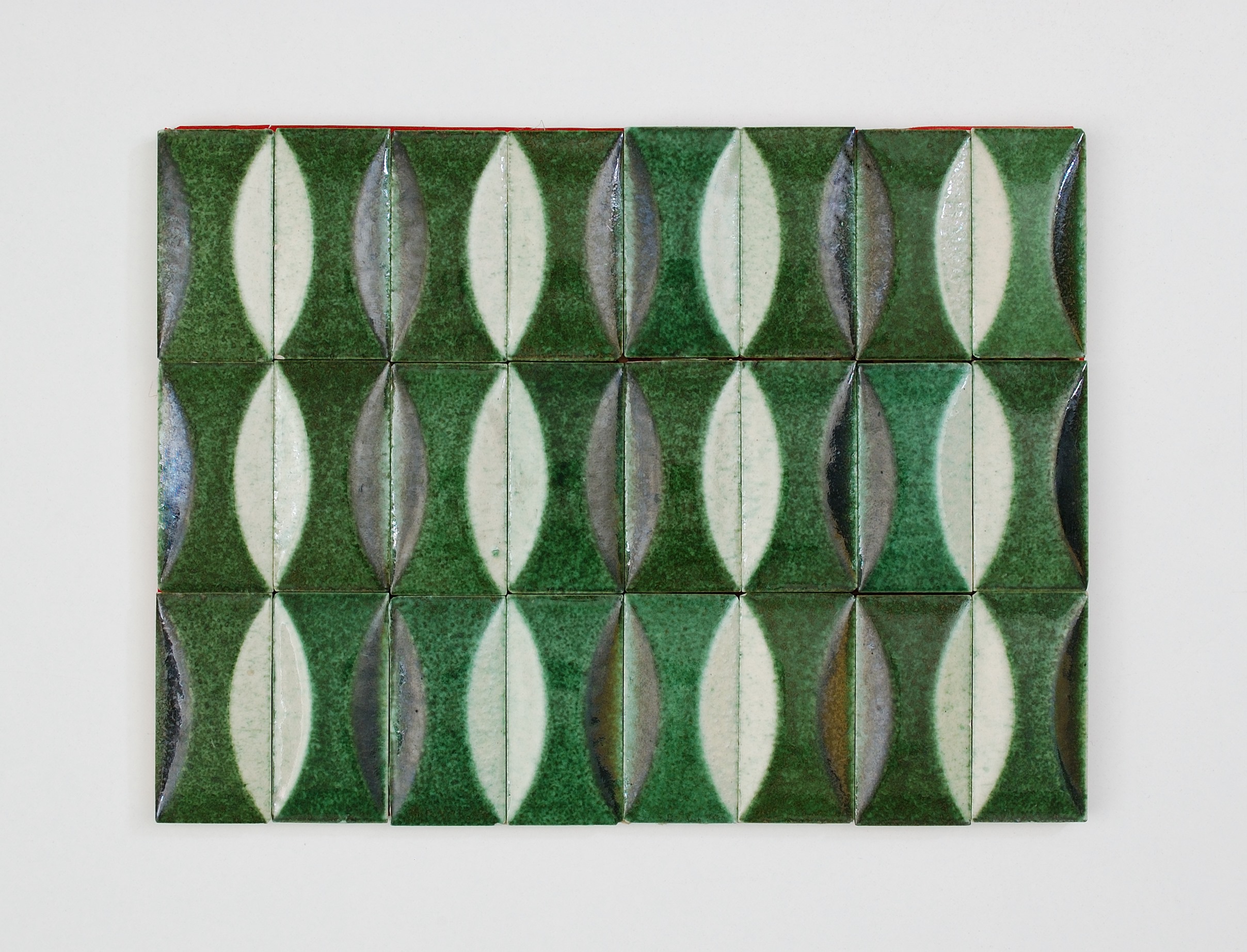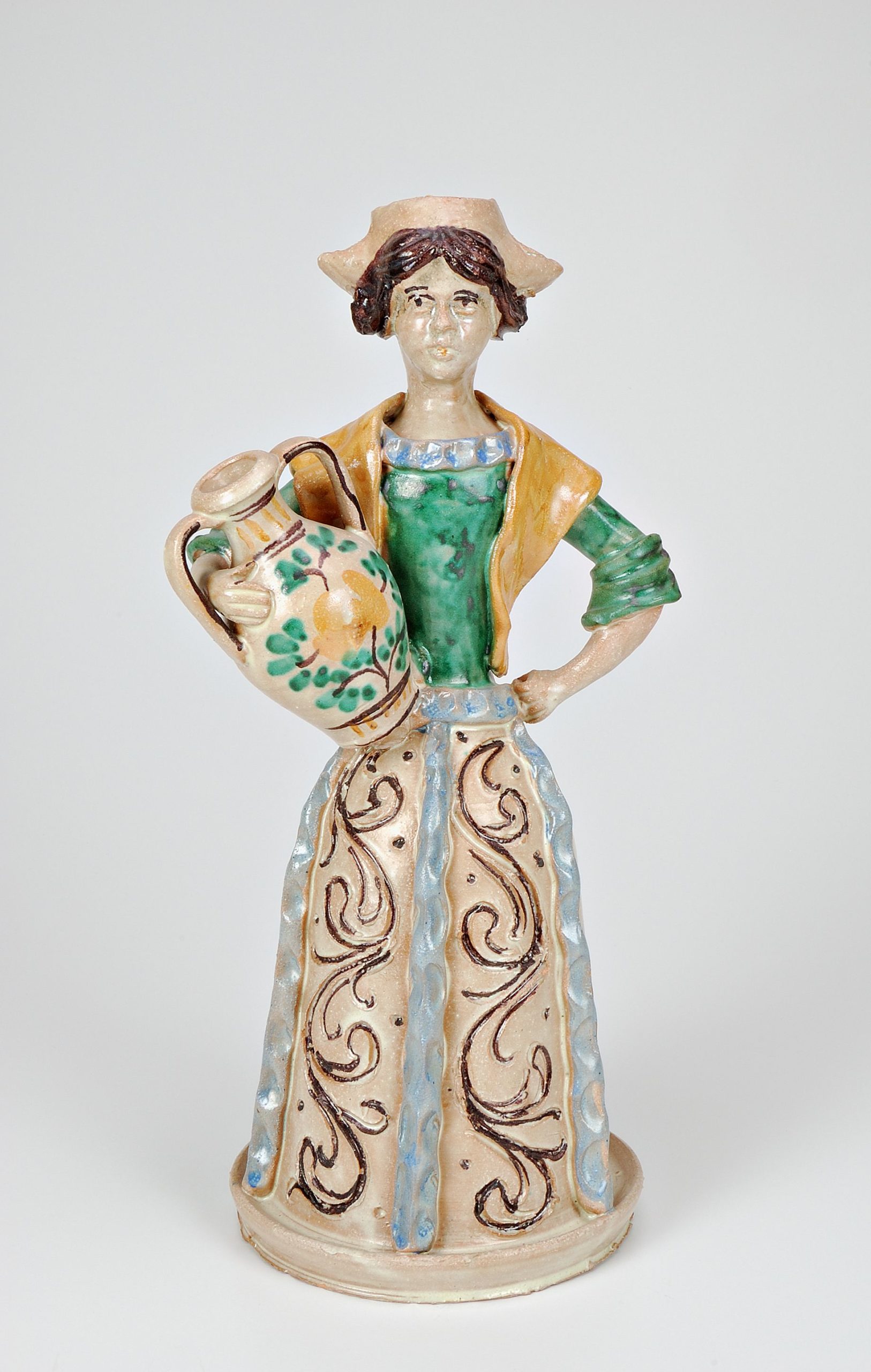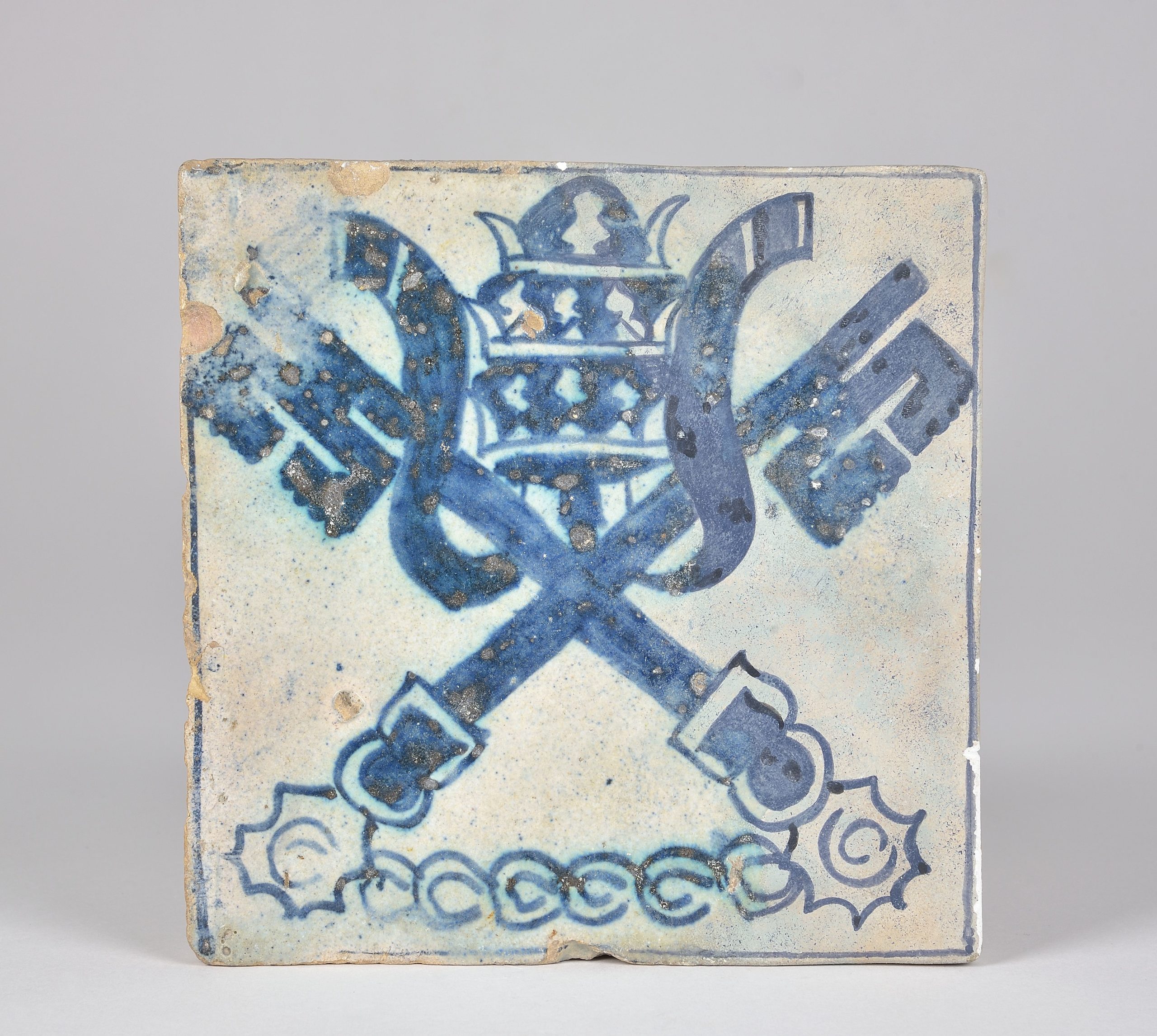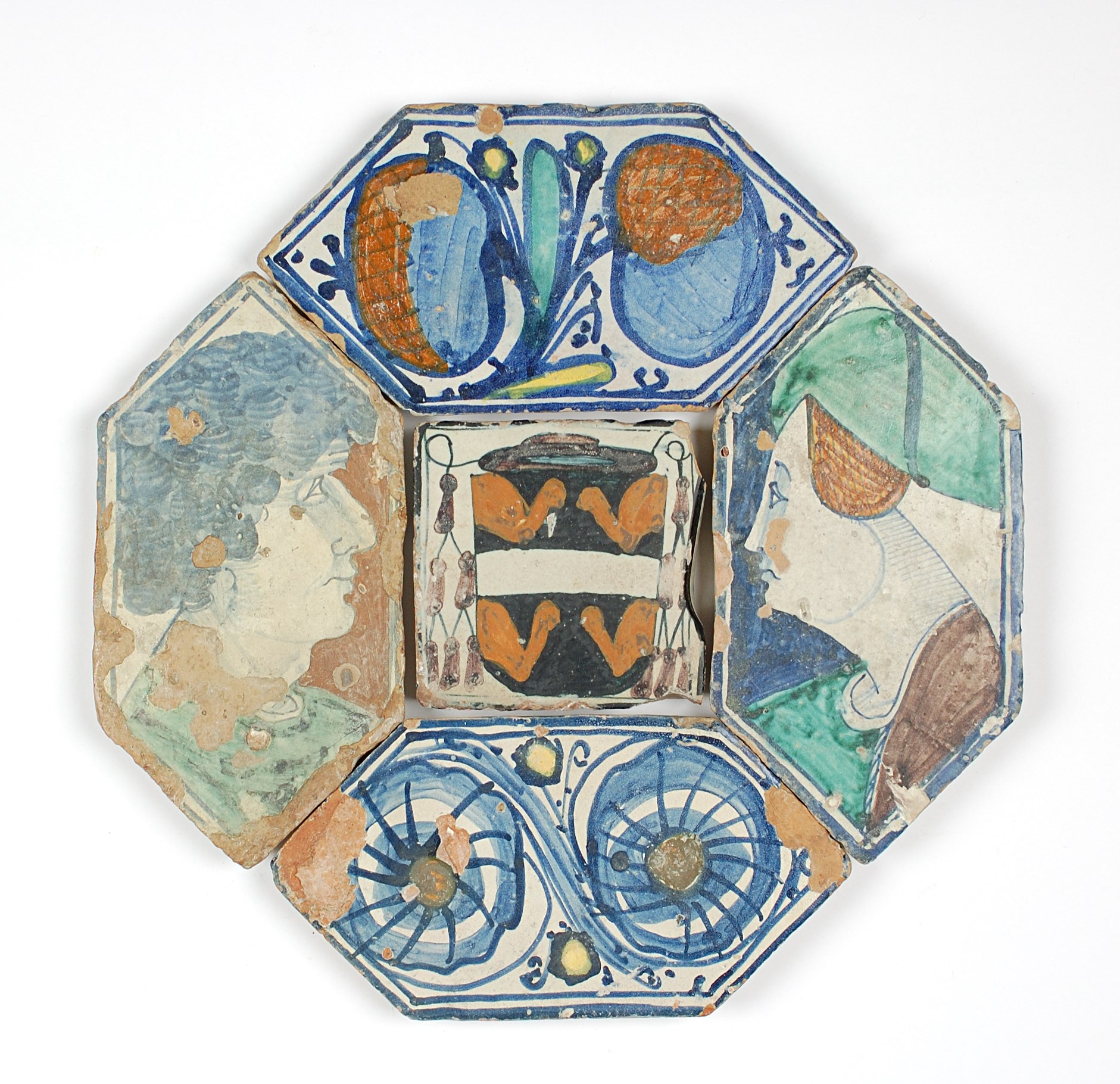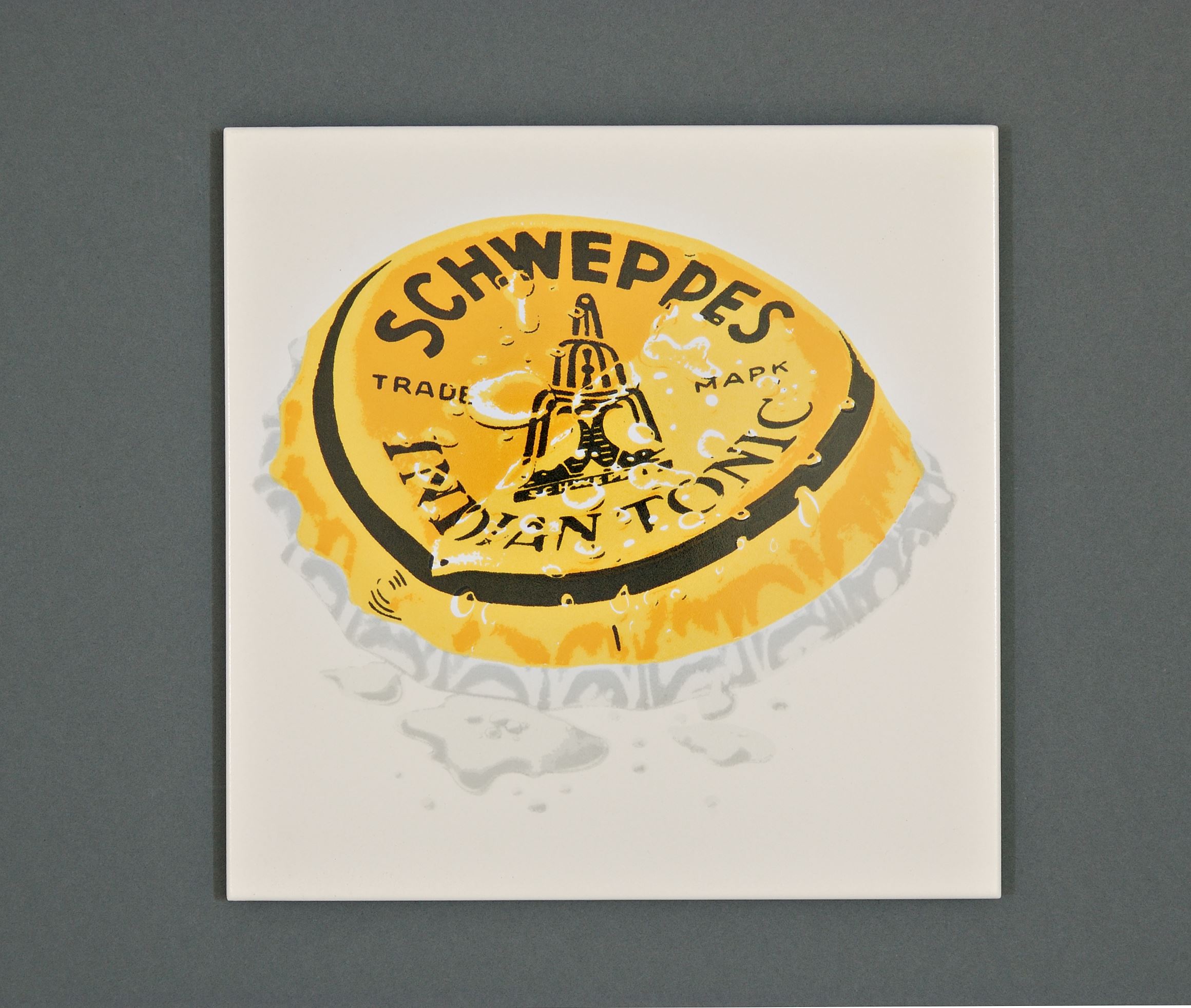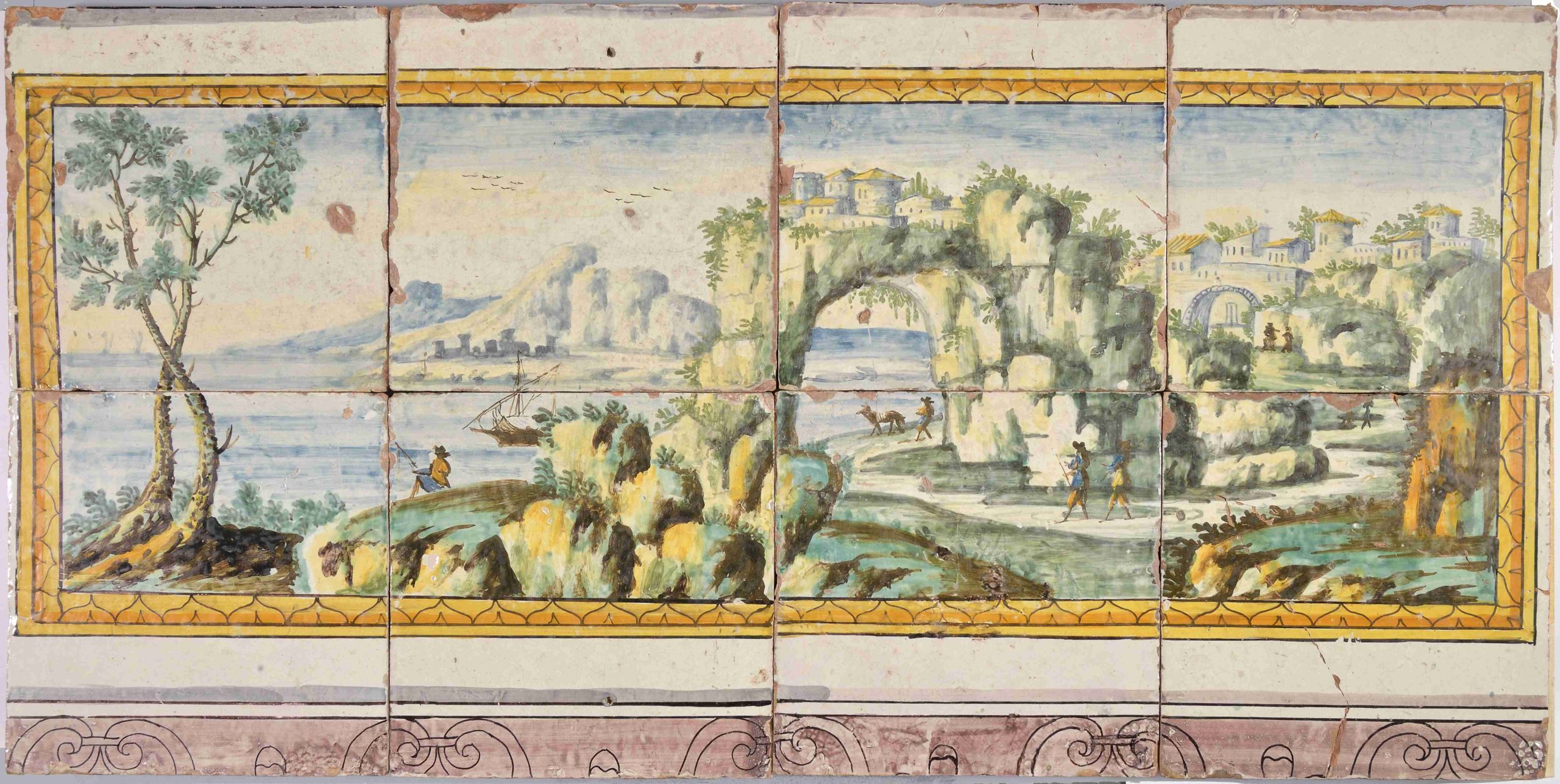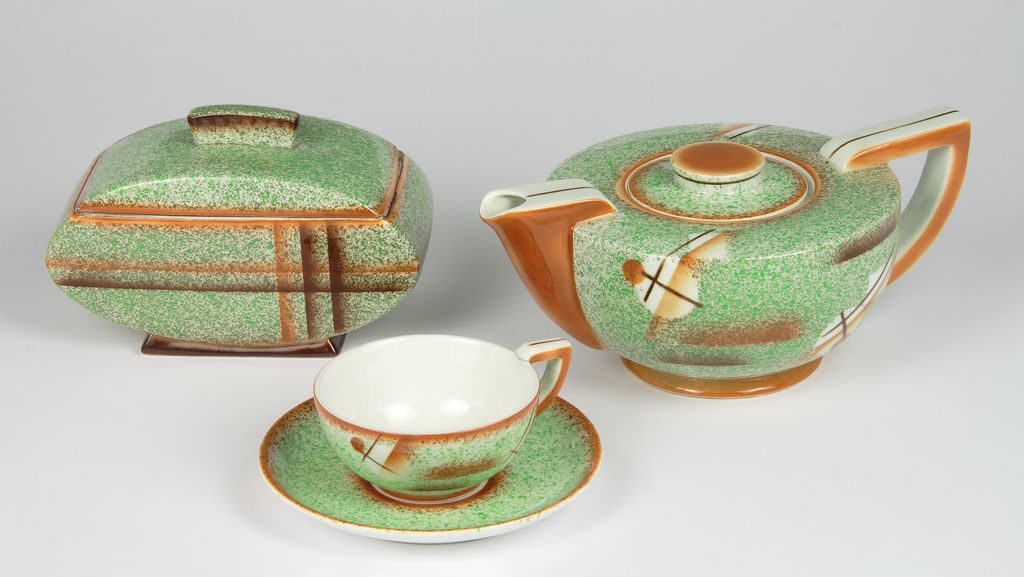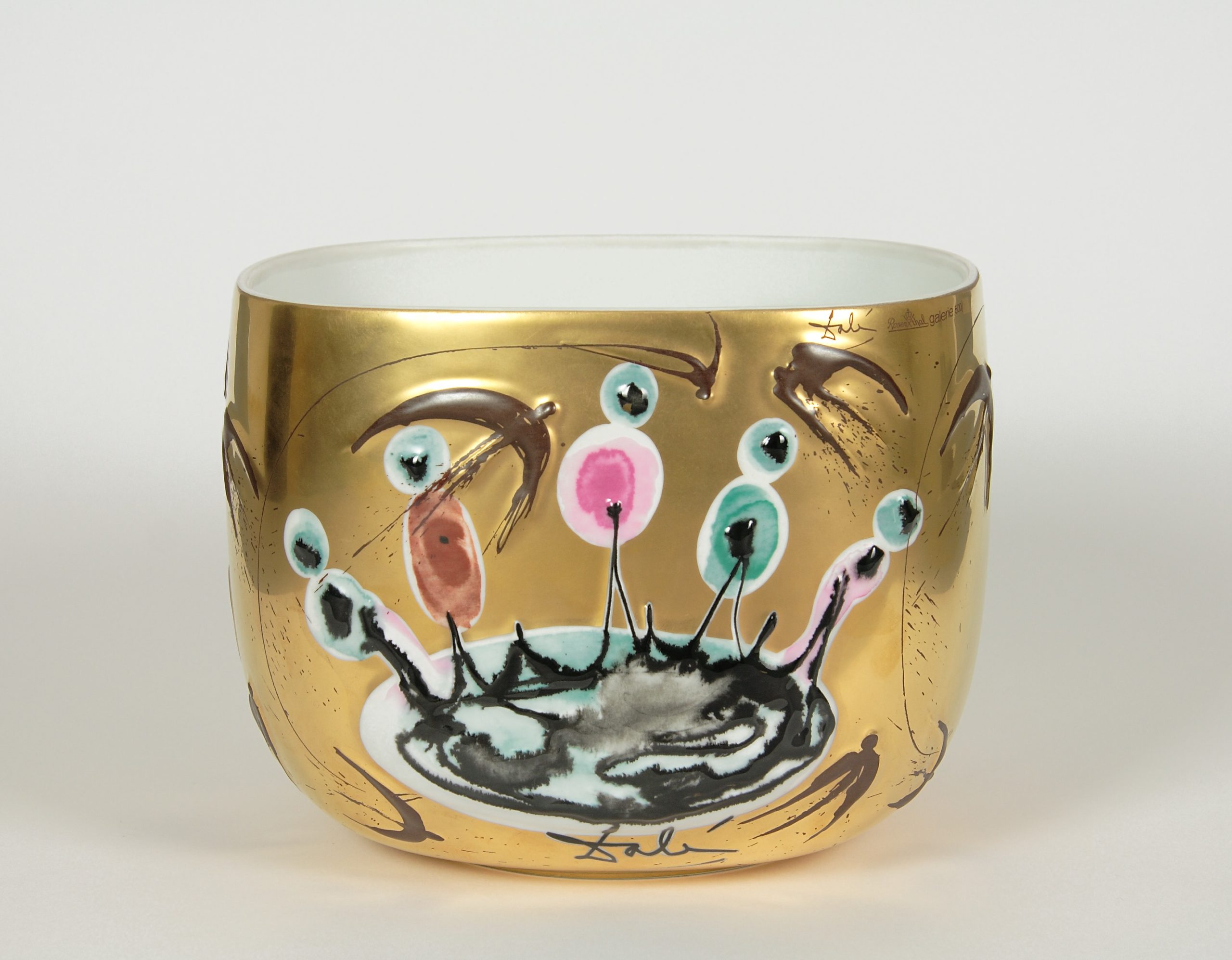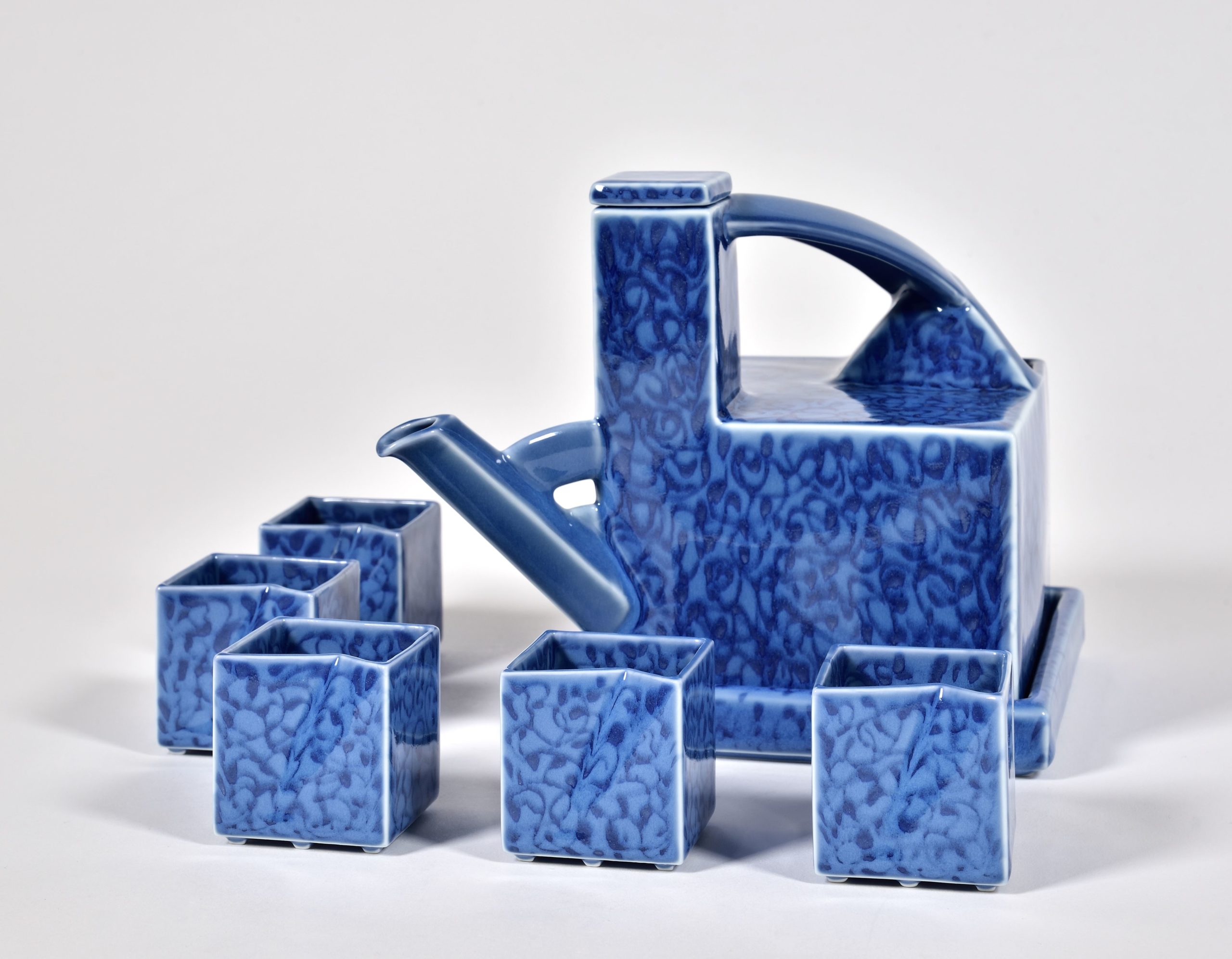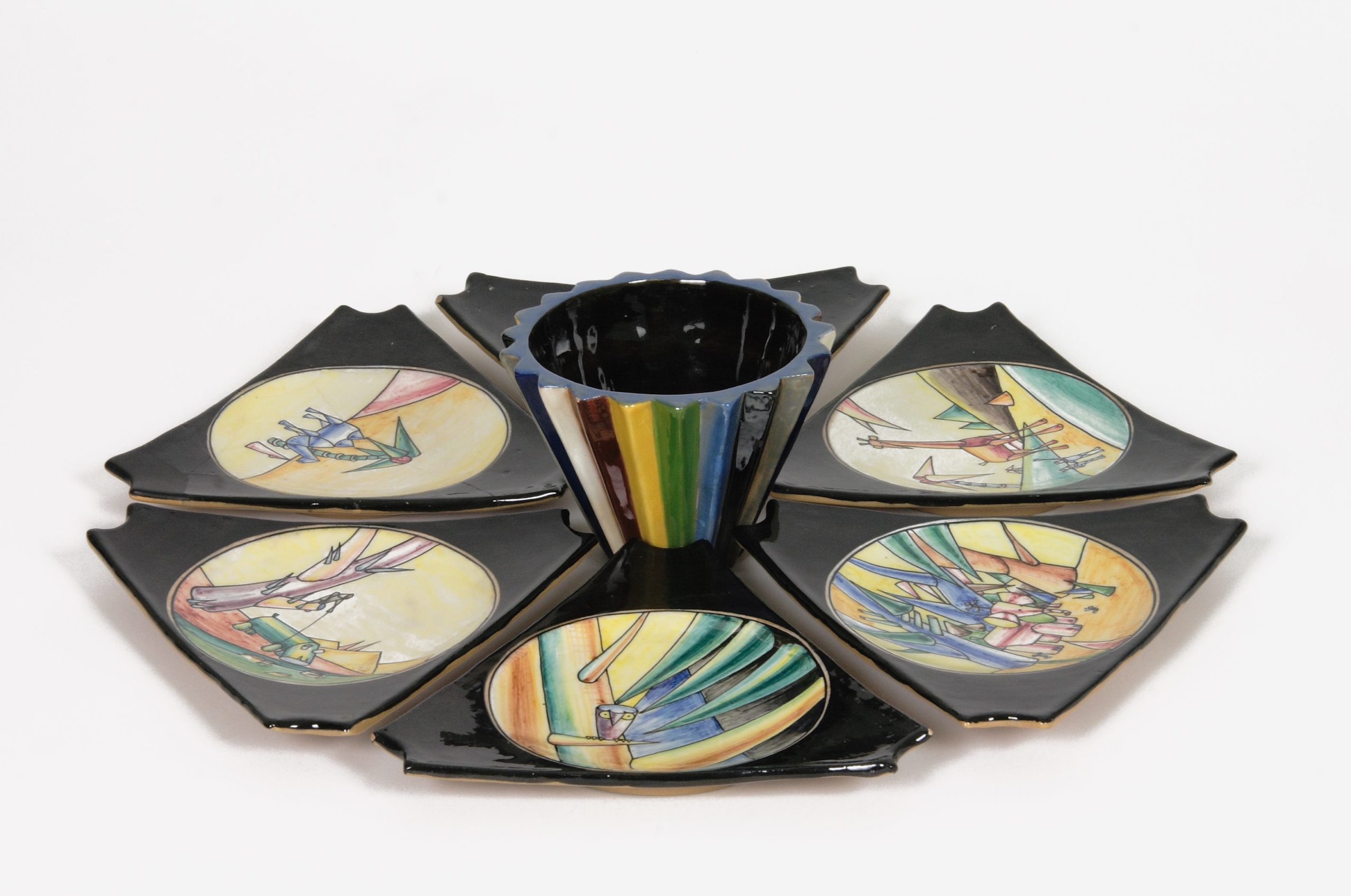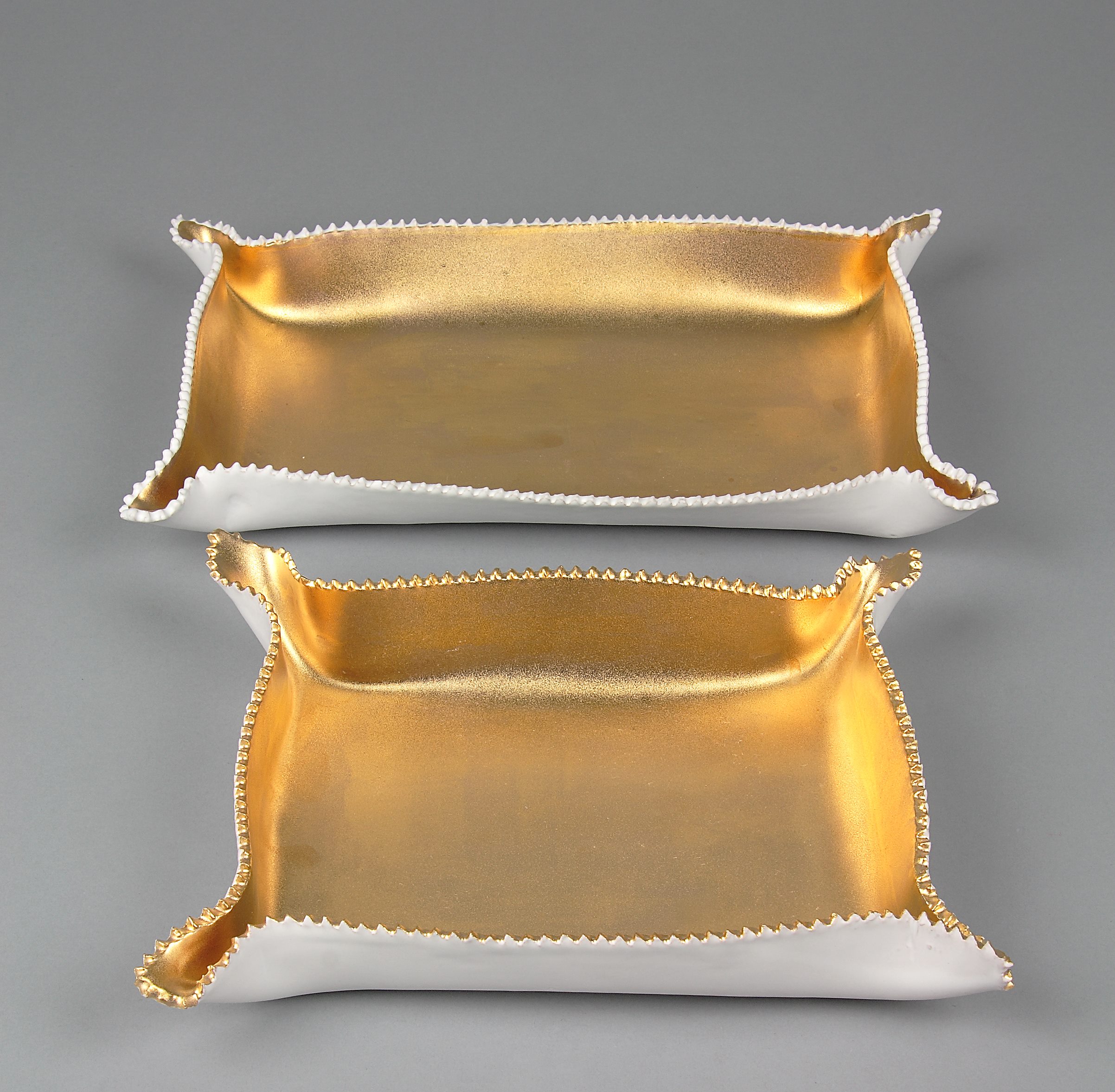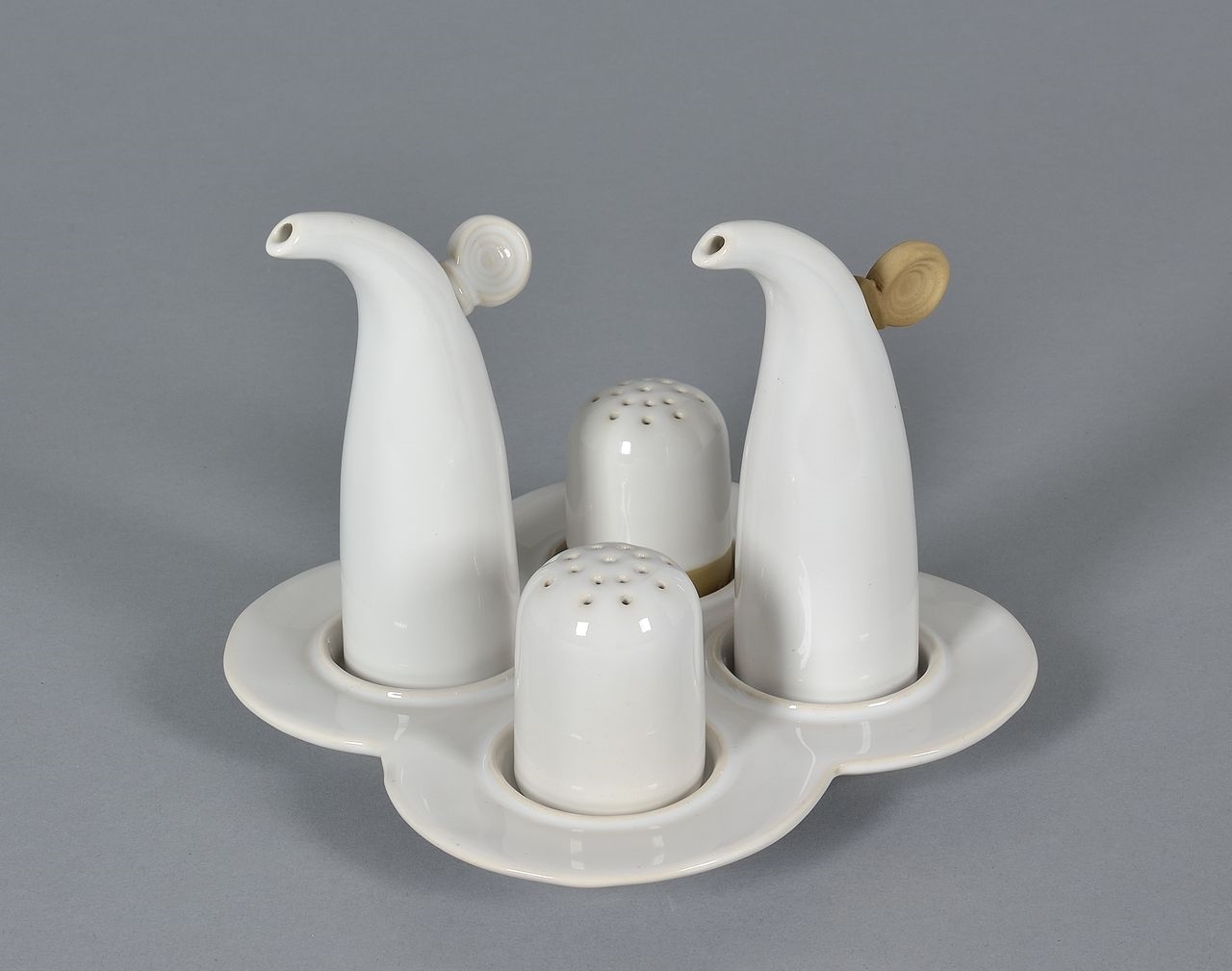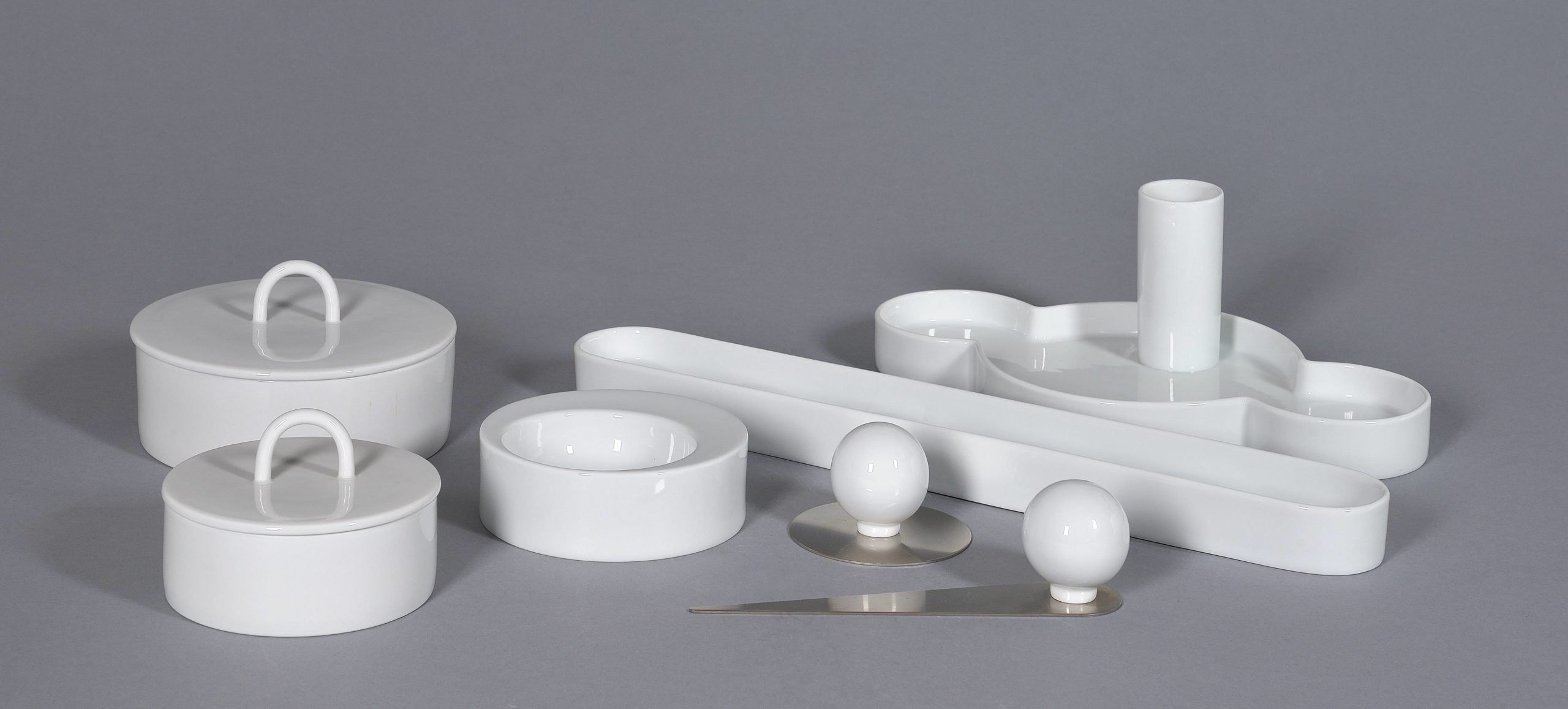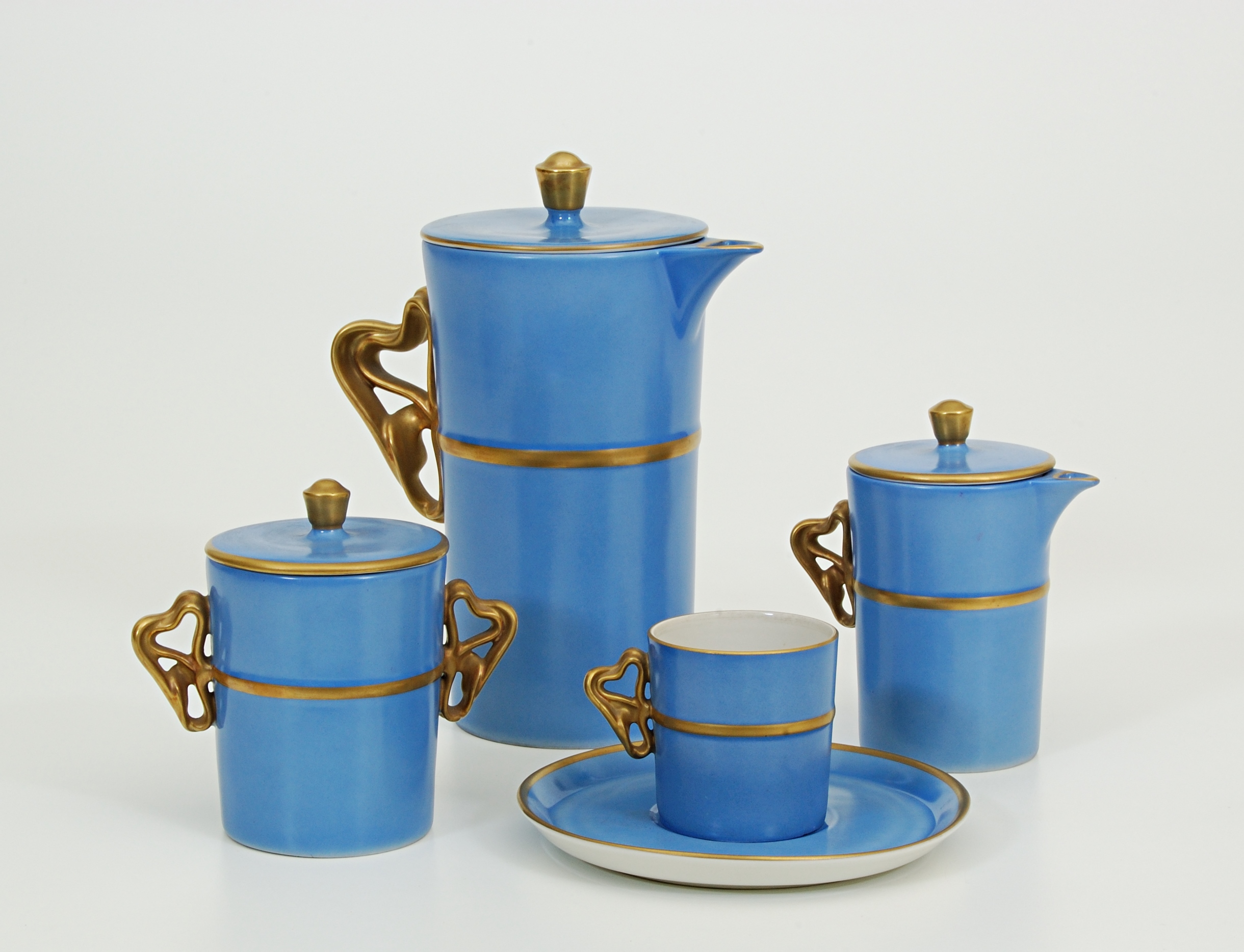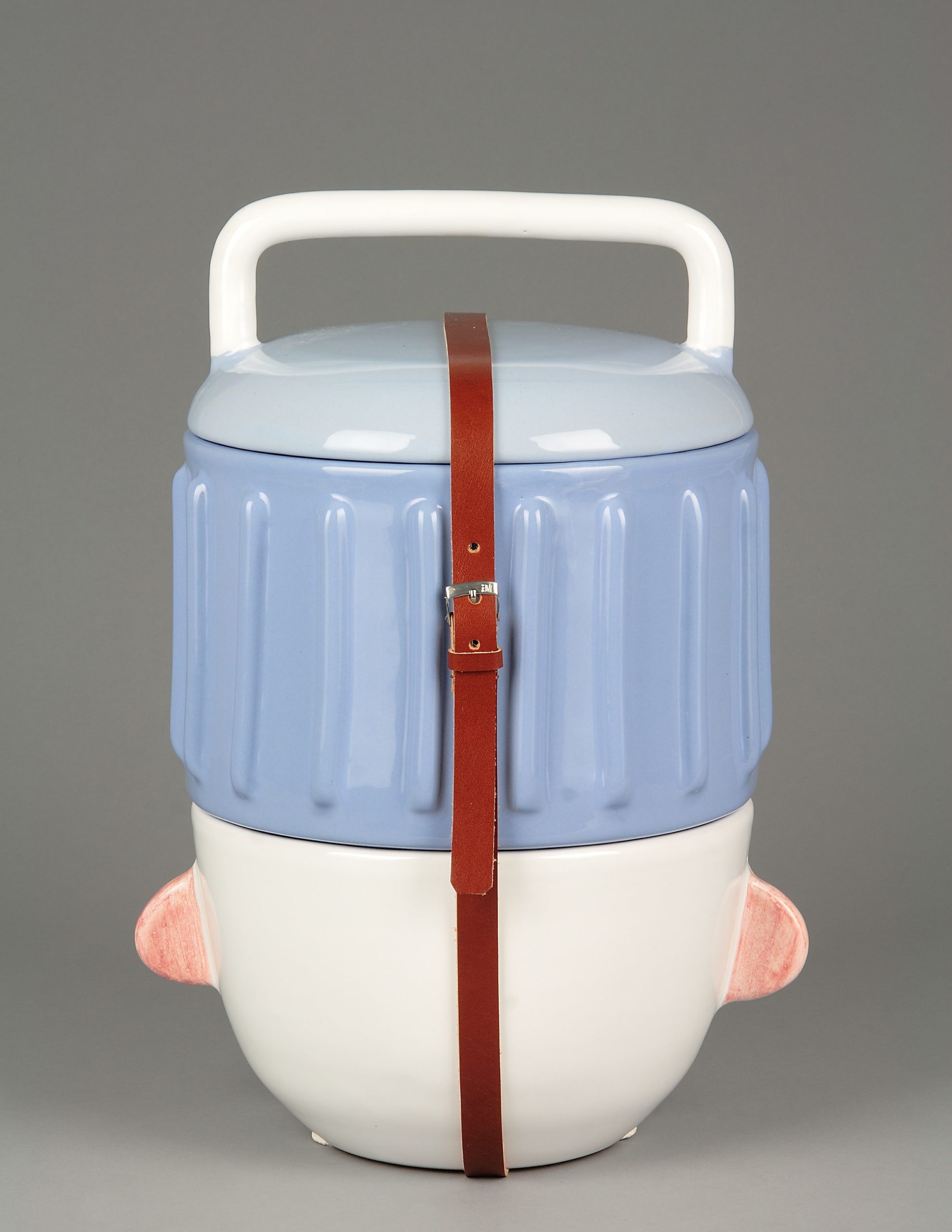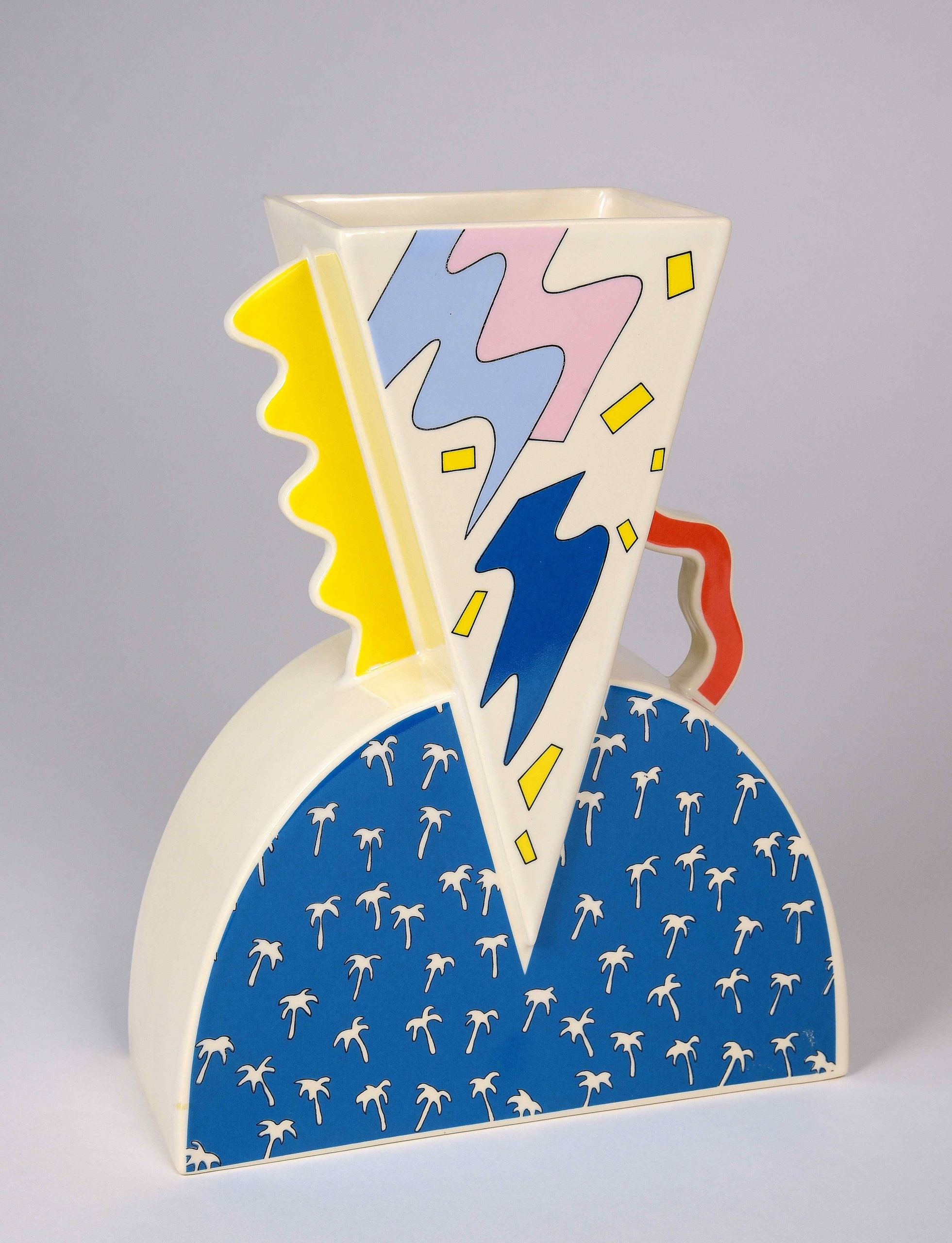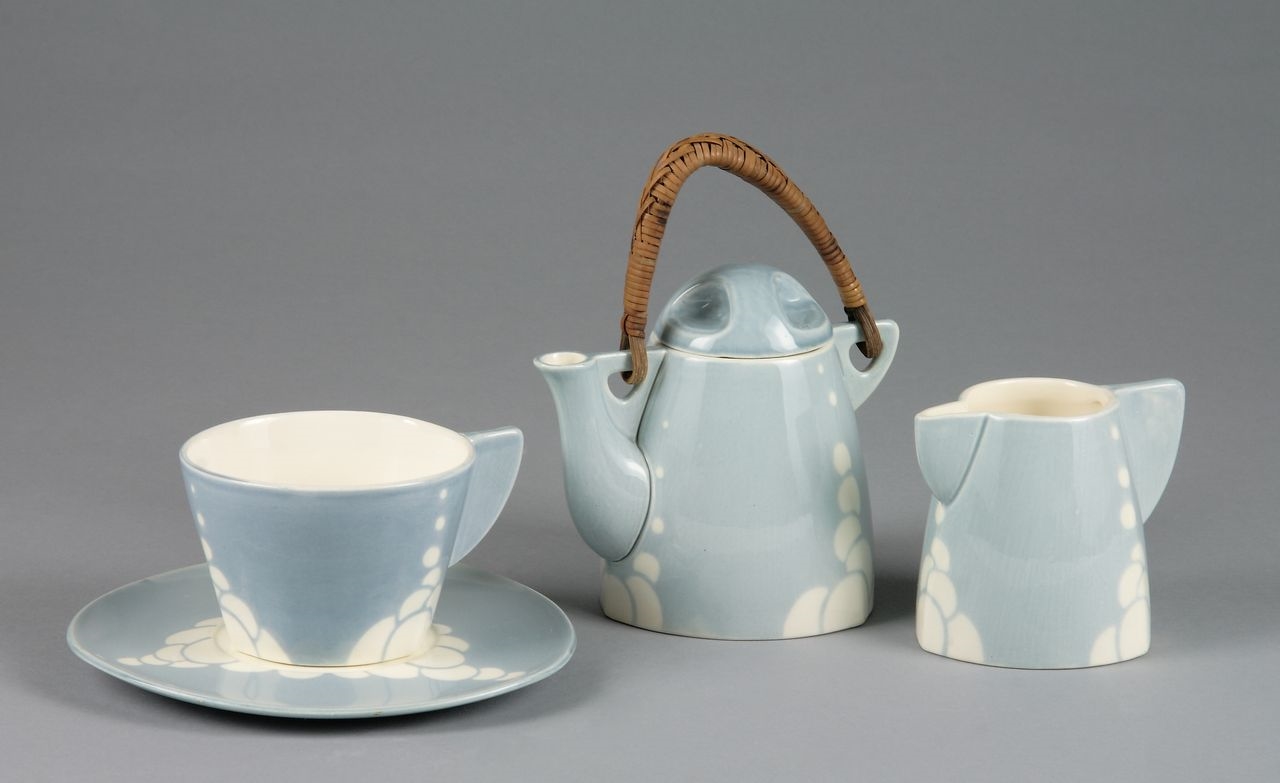The collection opens with a panorama of popular ceramics from the 18th to the 20th century. Used for work in the fields, the kitchen, and the table, popular artefacts are dedicated to specific daily activities, the shapes are therefore linked to the use of the objects. Jars, jugs, pitchers, pots, plates, basins, warmers and various types of oil lamps and candlesticks are on display here.
Another part of the gallery shows ceramic design, which made a significant impact in Italy with the Monza Biennials (later the Milan Triennials from 1930), thanks to major figures such as Gio Ponti, a great innovator and designer. In fact, as head of the artistic direction of Richard Ginori from 1923, he was able to introduce ceramics into the lives of families, guiding their styles. The exhibition is divided into decades and shows the fashions of the time, from the end of the 19th century to Art Nouveau, from the modern Deco style to post-World War II designs and up to the present day in the 21st century.
The visit ends with a section on ceramic coverings. The use of ceramics in architecture has its roots in the oriental world. Alongside interesting tiles from Medieval and Renaissance France, the Netherlands from the 16th-18th centuries and a selection of North European stove tiles, the Western context is completed by an extensive selection of Italian coverings from the 15th century to the present day. The MIC tile collection includes about 12,000 industrially produced tiles from major Italian manufacturers, made to designs by influential designers, artists and stylists. The post-World War II period is particularly lively and exceptionally productive in Italy: the selected exhibition highlights some of the most significant projects, with an in-depth look at the relationship with designers from the 1980s and the Memphis and Alchimia production.

